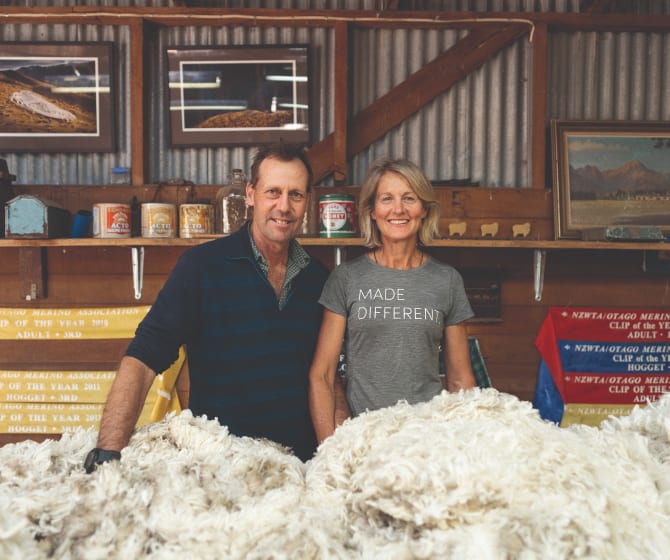
The icebreaker way.
Our merino wool stands out from the rest. We ensure the use of the highest-quality merino wool by fostering close relationships with our growers and upholding rigorous care standards for their flock.

A club unlike any other.
Our Growers Club grants our growers the security to continue producing great merino wool through a 10-year partnership. Since 2018, we have prioritised our relationships with our growers by offering 10-year supply contracts. These partnerships enable our growers to care for their sheep and nurture the entire ecosystem.
Currently counting: 70 growers in the Growers Club

Regenerating for the future today .
icebreaker, in partnership with The New Zealand Merino Company and their ZQrx programme, is a pioneer in regenerative agriculture. The ZQrx programme incorporates regenerative practices across merino farms, benefiting waterways, native species, carbon sequestration, and local communities. 100% of our Growers Club are now part of the programme.
DISCOVER MERINO
5 freedoms of our flock.
icebreaker growers go the extra mile for animal welfare, ensuring their commitment extends to their sheep and the sheep dogs working alongside them at the stations.
We specify maximum and minimum fibre lengths. This has been customized according to the yarns and products icebreaker produces.
Fibre must be strong. Weak fibre will break during processing and wear and can cause fabric flaws.
We specify a maximum and minimum fibre diameter to ensure hand feel and softness.
We also specify the maximum variation in fibre diameter to ensure hand feel and softness.
Wool must be very white, with no colour flaws, as this would impact the ability to achieve icebreaker’s colour palette.
VM can be a problem in processing and lead to contamination and issues with fabric and colour flaws. We specify a maximum VM content (very low).
Dark fibres naturally occur in sheep but can result in colour and fabric flaws. icebreaker specifies very low dark fibre contamination.
It must be the icebreaker ‘style’ of wool. This relates to crimp and the overall structure of the fleece and fibre and is customized to the yarns and products we create.
Wool can have many other flaws, so growers always want to remove anything impacting icebreaker product quality.















